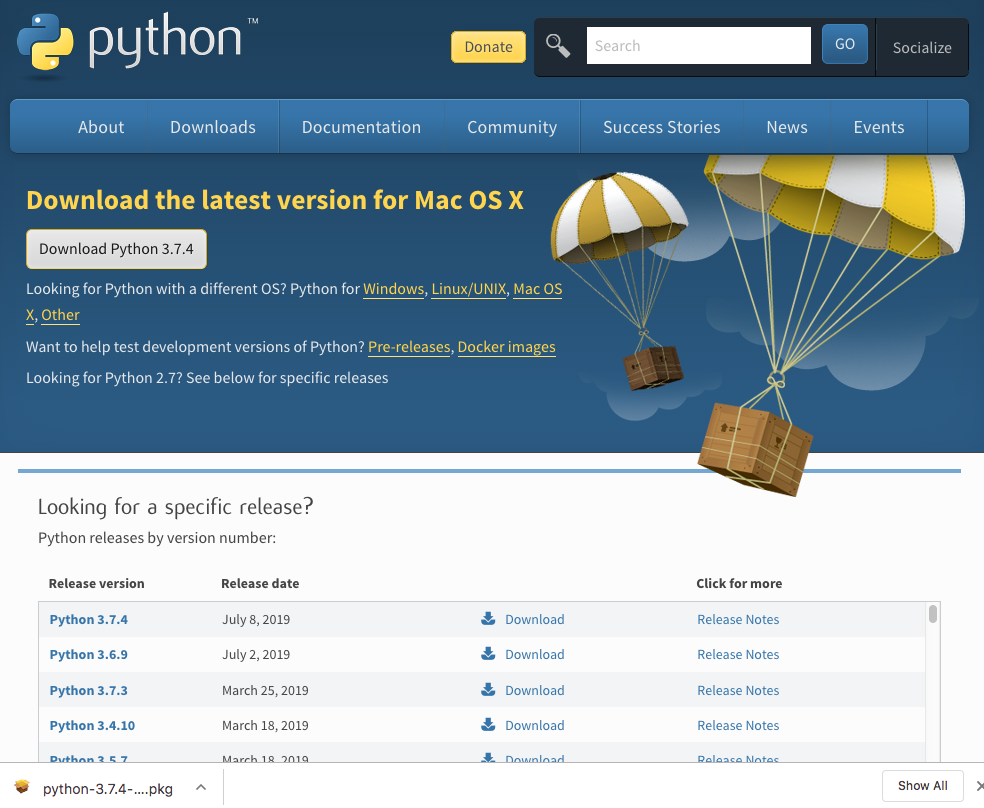


subplot ( gs, grd ]) fig = plot_decision_regions ( X = X, y = y, clf = clf, legend = 2 ) plt. product (, repeat = 2 ) for clf, lab, grd in zip ( clf_list, lbl_list, itt ): clf. figure ( figsize = ( 10, 8 )) itt = itertools. add_layer ( layer_2 ) sclf = EnsembleStackClassifier ( stack ) clf_list = lbl_list = # Loading some example data X, y = iris_data () X = X ] # Plotting Decision Regions gs = gridspec. But if you use a command like python3 or python3.5, you’ll have to modify Sublime Text slightly so it uses the correct version of Python to run your programs.General: Ensembling, Stacking and Blending.Įnsemble Classifier Generators: Bagging, Random Subspace, SMOTE-Bagging, ICS-Bagging, SMOTE-ICS-Bagging.ĭynamic Selection: Overall Local Accuracy (OLA), Local Class Accuracy (LCA), Multiple Classifier Behavior (MCB), K-Nearest Oracles Eliminate (KNORA-E), K-Nearest Oracles Union (KNORA-U), A Priori Dynamic Selection, A Posteriori Dynamic Selection, Dynamic Selection KNN (DSKNN).Įnsemble Combination Rules: majority vote, min, max, mean and median.Įnsemble Diversity Metrics: Entropy Measure E, Kohavi Wolpert Variance, Q Statistics, Correlation Coefficient p, Disagreement Measure, Agreement Measure, Double Fault Measure.Įnsemble Pruning: Ensemble Pruning via Individual Contribution (EPIC).Įxample import numpy as np import matplotlib.pyplot as plt import idspec as gridspec import itertools import sklearn from sklearn.linear_model import LogisticRegression from sklearn.svm import SVC from sklearn.ensemble import RandomForestClassifier from brew.base import Ensemble, EnsembleClassifier from import EnsembleStack, EnsembleStackClassifier from import Combiner from mlxtend.data import iris_data from mlxtend.evaluate import plot_decision_regions # Initializing Classifiers clf1 = LogisticRegression ( random_state = 0 ) clf2 = RandomForestClassifier ( random_state = 0 ) clf3 = SVC ( random_state = 0, probability = True ) # Creating Ensemble ensemble = Ensemble () eclf = EnsembleClassifier ( ensemble = ensemble, combiner = Combiner ( 'mean' )) # Creating Stacking layer_1 = Ensemble () layer_2 = Ensemble () stack = EnsembleStack ( cv = 3 ) stack.


If you use the simple command python to start a terminal session on your system, you shouldn’t have to configure Sublime Text at all. Sublime Text has a liberal licensing policy it’s free as long as you want to use it, but the author requests that you purchase a license if you like the program and want to continue using it.Īfter you’ve downloaded the installer, open it and then drag the Sublime Text icon into your Applications folder. You can download an installer for Sublime Text by clicking on the OS X link at. You’ll use the python3 command when you configure your text editor, when you start a Python terminal session, and when you run programs from the terminal.


 0 kommentar(er)
0 kommentar(er)
